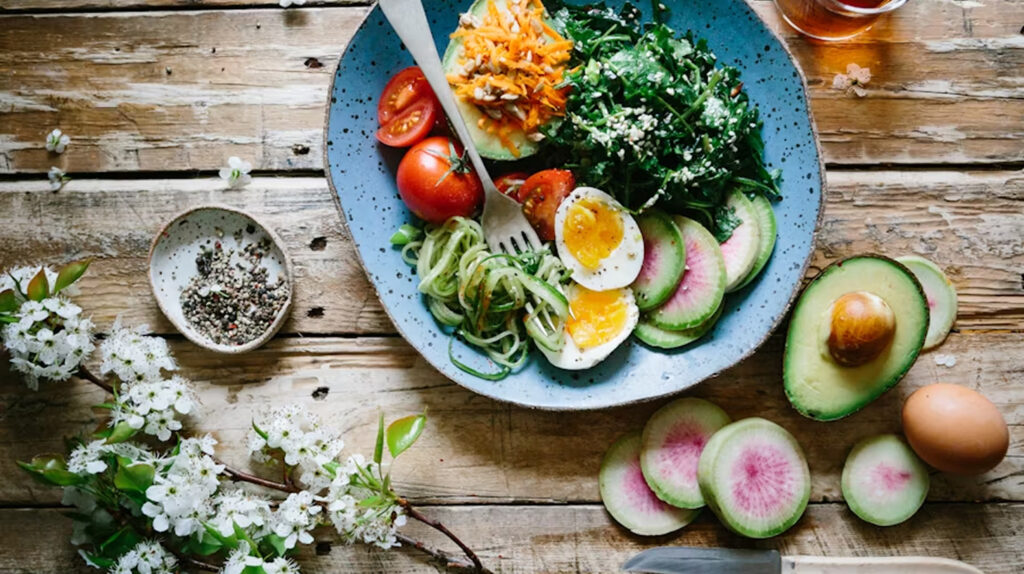“What’s one surprising food you incorporated into your diet that helped reduce belly fat? How did you prepare it, and how often did you consume it?”
Sauerkraut
I started eating sauerkraut—yes, that tangy, fermented cabbage—as a total experiment, and I swear, it changed everything about how my body felt, especially my digestion and bloating.
I think what shocked me most was how quickly I noticed results—like, within a week or two, I felt lighter, less puffy, and just more balanced overall.
I didn’t realize how much gut health ties into belly fat, but once I started learning about the microbiome and how fermented foods help reduce inflammation, I was all in.
I made it myself at first—just cabbage, salt, and patience—and it honestly became a fun little kitchen ritual for me.
I usually eat 2-3 forkfuls every day with lunch or dinner—on the side of eggs, mixed into a salad, or tucked into a gluten-free wrap.
I never heat it because I want to keep those probiotics alive and kicking.
It’s wild how something so old-school can be so powerful.
I think it worked for me because it’s not just about what I cut out of my diet—but about what I added in that supports my body from the inside out.
Bitty Louk, CEO, No Dash of Gluten
Pumpkin
The food that doubled my fat-loss speed. And it’s dirt cheap.
I used to lose only about 1 lb per week during fat loss season. But after including pumpkin regularly, my weight loss sped up to 1 kg (2.2 lbs) per week, changing nothing else. It was a game-changer.
Pumpkin is low in calories (300 grams equals 70 kcal) but super filling. It’s packed with fibre and volume, so you eat more and feel full without overloading on calories. That helped me stay in a calorie deficit effortlessly.
Of course, I kept my protein intake high, approximately 180g daily considering I’m 6’1″ and was around 90 kg (198 lbs). I got it from clean sources like chicken, egg whites, and lentils.
How I prepared it:I kept it simple. Just boiled pumpkin with a sprinkle of black pepper powder. Nothing fancy.
How often I ate it:300g at lunch and 300g at dinner that’s it.
Tamil Arasan, Founder & Natural Fitness Coach, NatFit Pro
Chia seeds
One food I added to my diet to help reduce belly fat was chia seeds. I always thought they were just a trendy superfood but once I learned how nutrient dense and fiber rich they are I decided to give them a try. What surprised me most was how full they made me feel without adding many calories which really helped with mindless snacking—especially at night.
My go-to was a simple chia seed pudding. I mixed 2 tablespoons of chia seeds with half a cup of unsweetened almond milk, added a pinch of cinnamon and let it sit in the fridge overnight. In the morning it would thicken into a pudding like texture. I’d top it with a few berries or sliced banana for flavor.
I ate this 4-5 times a week, usually as a mid morning snack or light breakfast. It was easy to make and I felt more satisfied throughout the day which helped me stay consistent with my overall calorie intake and not bloat. Within a couple of months along with regular exercise and mindful eating I saw a noticeable reduction in belly fat. It wasn’t a magic fix but it definitely became a habit I could stick to.
Sovic Chakrabarti, Director, Icy Tales
Chia seeds
One surprising food I incorporated into my diet to help reduce belly fat is chia seeds. I started adding them to my smoothies and overnight oats because they’re packed with fiber and healthy fats, which help with digestion and keep me feeling full longer. I typically add a tablespoon of chia seeds to my morning smoothie, and I mix them into my yogurt or oatmeal a few times a week. I’ve also experimented with making chia puddings, where I soak the seeds overnight in almond milk and top them with fresh berries. The fiber helps keep my metabolism steady, and I’ve noticed a significant difference in my energy levels and waistline over the last few months. It’s a small addition, but it’s made a noticeable impact on my overall health and belly fat reduction.
Nikita Sherbina, Co-Founder & CEO, AIScreen
Kefir
Kefir is a food that I had never dared to try because I am lactose intolerant, but my nutritionist told me that I could consume it because its fermentation process made it digestible for people with my condition.
Not only is it delicious and healthy, and has helped me with my bloating because it improves gut microbiota, but it is also low in calories and can replace dairy foods that are high in fat and increase abdominal fat.
Thanks to kefir, I feel lighter and less bloated. I highly recommend it.
Maybell Nieves, Surgical Oncologist, AlynMD
Avocado
Added more avocado into my meals—didn’t expect it to help, but it did. Started using it as a swap for heavy dressings or spreads. Keeps you full, tastes good, and cuts down the mindless snacking later in the day.
The fiber and healthy fats keep things balanced without feeling restrictive. Once I got into the habit, I noticed less bloating and better energy. It’s not magic—but small swaps like that can move the needle without feeling like a diet.
Russ Vall, Co-Founder, Mio Jewelry INC


